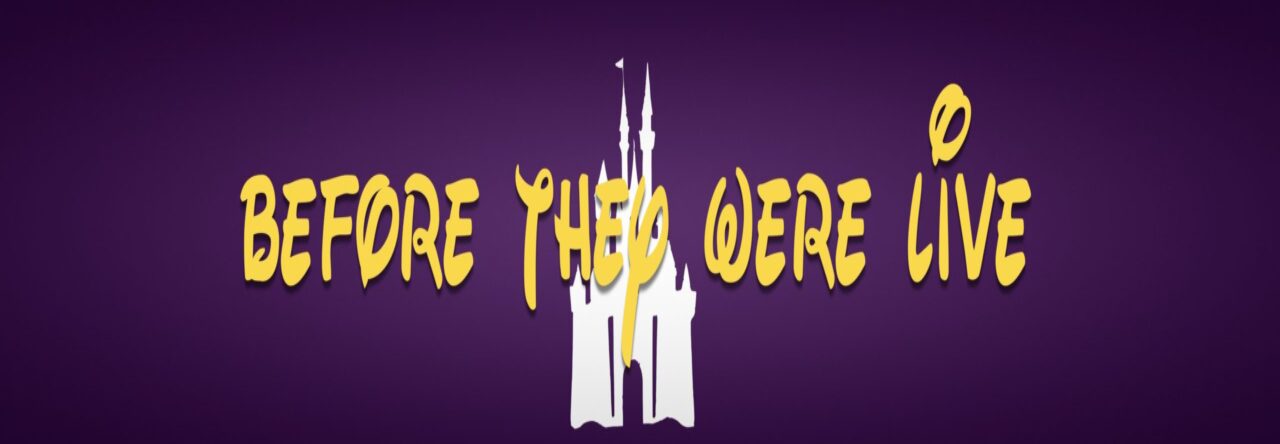On the show Michial and I spent a fair amount of time discussing the new technology, xerography, that both allowed animation to be cost effective at Disney, and ushered in a new aesthetic that perfectly matched the Dalmatians.
Steven Johnson is the popularizer of an idea called the adjacent possible. As he puts it:
“The phrase captures both the limits and the creative potential of change and innovation.”
It’s a particularly apt idea to describe what happened with 101 Dalmatians because of the convergence of so many limits and potentials. The combinations of technologies that makes xerography as an animation tool an adjacent possible. (I’d love to know more of that story – Ub Iwerks, the guy who first animated Mickey Mouse, is a key player.) The xerography itself that makes animating 99 puppies an adjacent possible. Choosing to adapt that story makes the other modern art style decisions adjacently possible. And of course all these ideas are smashing into one another at the same time, which is another big idea in Johnson’s book: Where Good Ideas Come From. Very nicely illustrated in the trailer for the book below.
[youtube=://www.youtube.com/watch?v=NugRZGDbPFU&w=854&h=480]
Matt Draper has a nice video that further explores some of those smashing together limits and potentials. If you listened to our episode you already know them: Walt Disney’s losing interest in animation, the financial struggles after Sleeping Beauty, etc. If you’re only interested in the actual technology of Xerography, skip to about 3:40 for a nice visual explainer.
[youtube=://www.youtube.com/watch?v=CWwU8jd04-I&w=854&h=480]
Back to Johnson:
“The strange and beautiful truth about the adjacent possible is that its boundaries grow as you explore them. Each new combination opens up the possibility of other new combinations. Think of it as a house that magically expands with each door you open. You begin in a room with four doors, each leading to a new room that you haven’t visited yet. Once you open one of those doors and stroll into that room, three new doors appear, each leading to a brand-new room that you couldn’t have reached from your original starting point. Keep opening new doors and eventually you’ll have built a palace.”
There’s no doubt that Disney already had a palace by the time 101 Dalmatians was released in 1961. However a whole new wing was opened through the use of the Xerography, not only to allow animation to continue at the studio, and to expand the types of stories that were told.
If you read all of Johnson’s Wall Street Journal article adapted from his book he gives one more example of the adjacent possible from the Apollo 13 movie. And as this has to be one of my favorite scenes in cinema, I couldn’t resist sticking it in here as well.
[youtube=://www.youtube.com/watch?v=1cYzkyXp0jg&w=854&h=480]
“The space gear on the table defines the adjacent possible for the problem of building a working carbon scrubber on a lunar module…They are the building blocks that create—and limit—the space of possibility for a specific problem.”
